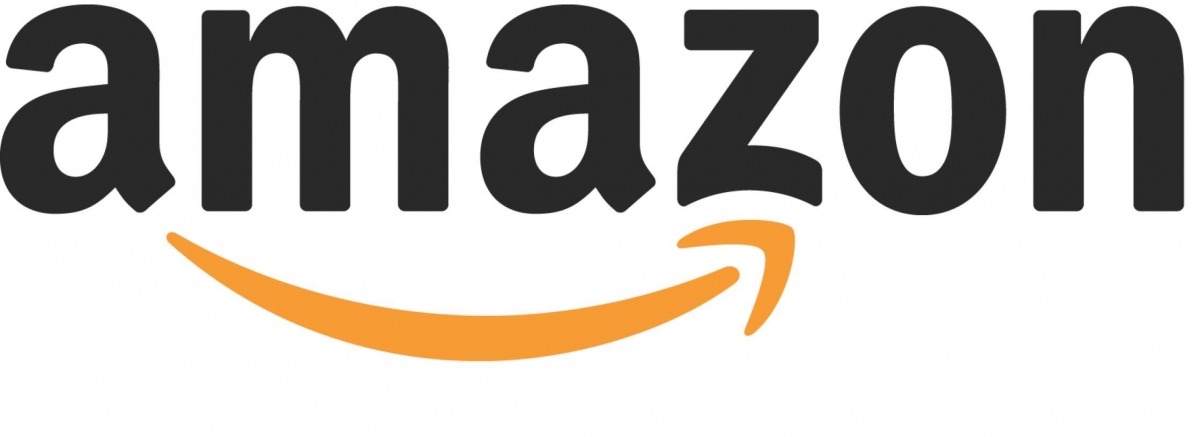Who remembers Amazon way back in the late 1990’s when they were a fledgling on-line bookseller out of Washington State? I vividly remember thinking there was no way a company with that business model was going to survive. I guess that shows what a terrible prognosticator I was. But I wouldn’t be alone. According to this CNN timeline, “Even after the company had built warehouses to store inventory, making it a business with real revenue and real assets, plenty of investors wrote Amazon off as another dot-com fever dream, destined to be gobbled up or wiped out by Borders and Barnes & Noble.”
And now, a mere 25 years later, Amazon is the gold, nay, the platinum standard for everything from timely shipping to the most ubiquitous of offerings. There is quite literally almost NOTHING that can’t be found on Amazon.
And because they are the masters of the shipping game, it is no surprise that they set the standards for innovation and technology in the shipping sphere.
Enter SIOC (Ships in its own container.)
If you plan to do business with Amazon, or do already, expect that your heavier items or items that require Amazon to place your item in another box to send it to their end customer will cost you more this summer.
And its potentially great news for the environment: Amazon has reduced cardboard packaging waste by 16 percent and eliminated the need for more than 305 million shipping boxes in 2017, according to an article in the LA Times. Globally, according to the article, Amazon reduced packaging waste by more than 20% in 2018.
Because of growing demand to be more sustainable, according to Amazon’s own policies, Amazon Certified Frustration-Free Packaging is recyclable and comes without excess packaging materials. The product inside is the same, and everything is included in the Certified Frustration-Free Packaging that would be in the original manufacturer’s packaging.
So, what does this mean to you? If you are an Amazon vendor, you may consider revisiting your shipment packaging design and make sure the packaging fits the size of the item your shipping.
And for the rest of you, perhaps it’s time for an environmental/ shipping efficiency audit. Think of contacting someone like Packaging Design to put a fresh pair of eyes on your packaging situation and see whether we might be able to come up with some ways to be more efficient, save money, or save the planet. Or maybe all three. Talk about a shipping trifecta!





